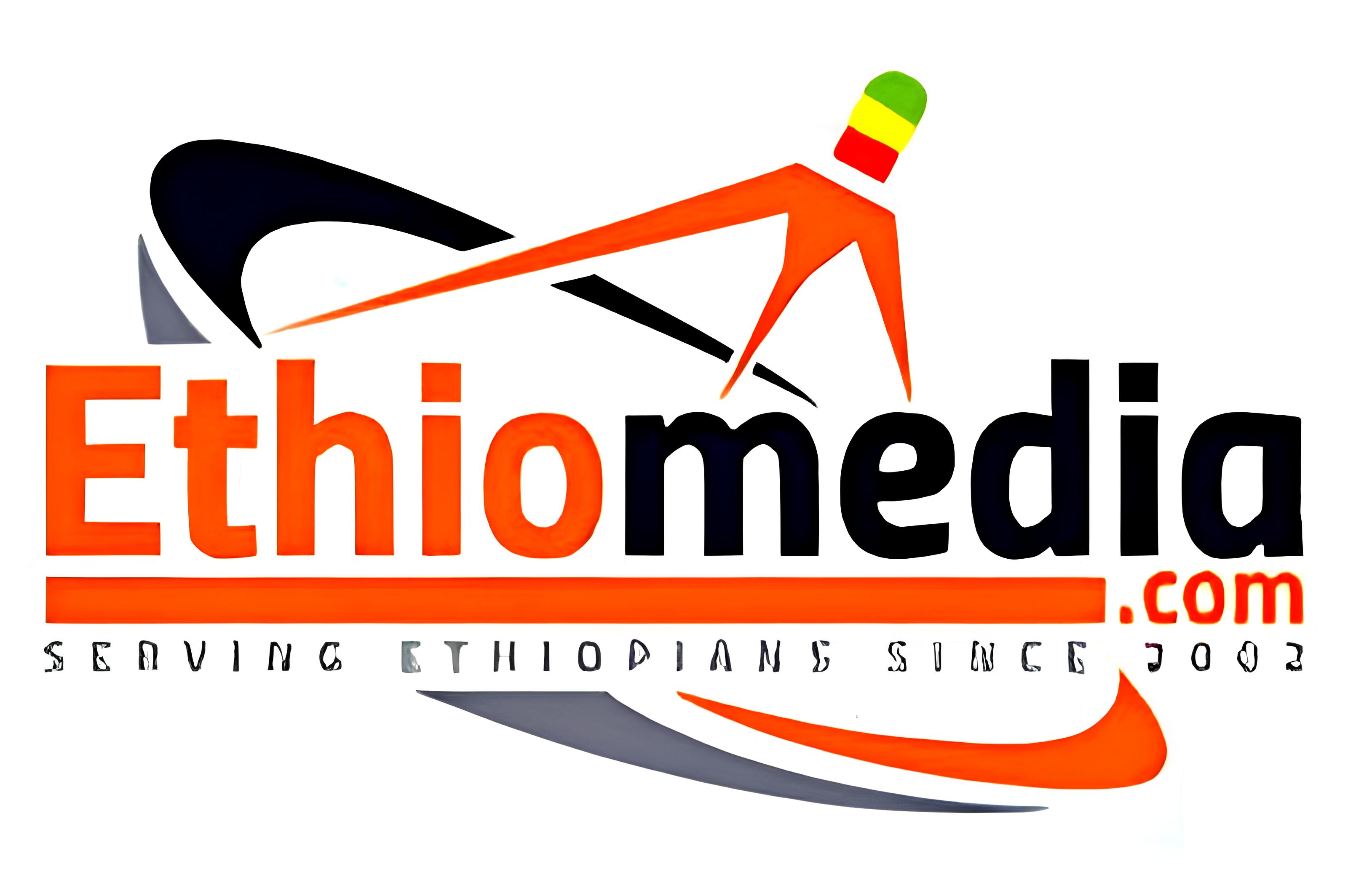|
The Role of Development Aid In Fueling Corruption and Undermining Governance in Ethiopia
By Professor Seid Hassan July 5, 2013 My own research as well as the research of This paper also makes use of my ongoing The paper uses theme-based cases (heavily I use the concept of state capture (the highest The paper establishes that, by creating opportunities to the highly By Taken — This
Ethiomedia.com – An African-American news and views website. Copyright 2012 Ethiomedia.com. Email: [email protected] |
